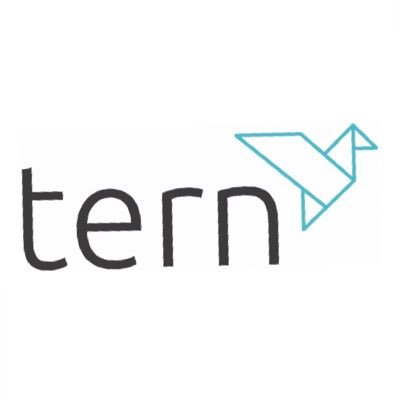The digital future of manufacturing hinges on solving a legacy problem that’s holding it back—outdated industrial connectivity. Manufacturers are ready to scale with AI, analytics and cloud-based intelligence, but their systems remain tethered to yesterday’s technology. Unlocking real-time data, predictive insights and operational scalability depends on a fresh approach to connecting the shop floor to the cloud.
Manufacturing is on the cusp of a revolution, driven by digital transformation—but the path forward is more complex than many anticipated. Traditional factory systems, built on hardwired protocols and proprietary technologies, are struggling to keep pace with the rising demands of cloud computing, IoT integration and AI-driven analytics. These legacy connections are not only difficult to expand but also incompatible with the flexible, data-rich environments required for today’s advanced manufacturing operations. A change is not optional—it is essential.
To realise the full promise of digital transformation, manufacturers must unite their operational technology (OT) with modern IT infrastructure. This convergence creates a powerful foundation for deploying next-generation solutions such as machine learning, artificial intelligence and advanced data analytics. Crucially, the integration also allows businesses to make better use of cloud platforms and edge computing, both of which are pivotal in managing data at scale.
The addition of Internet of Things (IoT) devices into manufacturing environments has rapidly become a cornerstone of this transformation. These low-cost, high-impact devices are unlocking new layers of visibility and control. With the ability to sense, monitor and even act on real-time conditions across the plant, IoT extends the capabilities of existing OT infrastructure in ways that were previously unachievable without extensive investment.
A key attraction of this digital overhaul is the strategic advantage gained from connected systems. Manufacturers can now centralise data, standardise processes and automate insights. Real-time monitoring becomes more precise, maintenance schedules more predictive, and energy usage more transparent—all of which contribute to meeting critical KPIs such as reducing downtime, increasing throughput and progressing towards net zero.
Yet with opportunity comes risk. Bringing together OT and IT systems introduces significant cybersecurity challenges. Historically, OT environments were closed, air-gapped from the internet, and largely exempt from the stringent security protocols that govern IT networks. But connecting these systems to corporate networks and the cloud fundamentally alters their risk profile. Suddenly, operational assets become vulnerable to external threats—including cyberattacks aimed at stealing intellectual property or halting production through malicious disruption.
Legacy equipment further complicates the situation. Much of the technology in use today was not built with modern connectivity or security in mind. Upgrades and replacements are often necessary before integration can even begin, creating a barrier to transformation that must be carefully navigated.
To succeed, manufacturers must prioritise secure, scalable industrial connectivity. Encryption, authentication and end-to-end protection are non-negotiables for any system exposed to broader networks. Just as importantly, the architecture must be flexible enough to integrate diverse devices and protocols without costly custom solutions. This is where the concept of a bridging layer between OT and IT becomes invaluable.
An intermediate platform can serve as a unifying interface, enabling pre-processing, formatting and even local analysis of operational data before it’s shared to cloud environments or business systems. It also simplifies IoT integration, offering a streamlined path to unlock the full value of real-time insights across both legacy and modern infrastructure.
Ultimately, a new approach to industrial connectivity will determine the pace and effectiveness of digital transformation across the manufacturing sector. Those who solve this challenge first stand to gain the competitive edge through smarter operations, resilient systems and data-driven agility.
This transformation is made possible by companies developing intelligent connectivity solutions that bridge the old and the new. These innovators provide the technologies that safely and securely connect OT and IT systems, enabling manufacturers to scale their digital capabilities with confidence.
Tern plc (LON:TERN) backs exciting, high growth IoT innovators in Europe. They provide support and create a genuinely collaborative environment for talented, well-motivated teams.




































